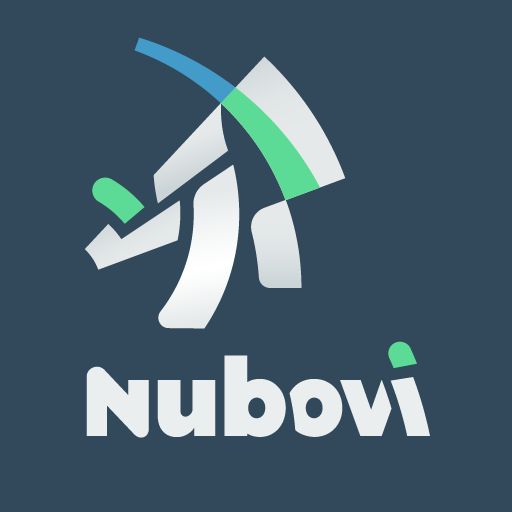As a scale-up SaaS company running your platform on Microsoft Azure, managing cloud spend is crucial to ensure that your business can operate efficiently while remaining cost-effective. Effective cloud spend management involves understanding usage patterns, optimizing resources, leveraging price plans, deploying the right resource types and versions, and anticipating daily and seasonal patterns.
But, we understand that operating a fast growing SaaS company is challenging and time consuming enough. Most IT departments don’t have time to bother about optimal cloud spend and more efficient cloud resources. They are just busy keeping the platform up and running and continue evolving the features.
Advanced cloud spend management tools that leverage machine learning can provide powerful predictive insights and enable cost mapping to specific business processes and features. This will take the burden from you and your IT personnel so you can stay focused on the business, adding cool new features and growing your customer base and usage.
Here are some ways scale-up SaaS companies can benefit from good cloud cost management and forecasting:
Understanding usage patterns
Understanding your usage patterns is the foundation of good cloud spend management. Many SaaS companies experience peak usage times, such as during product launches or seasonal periods. During these times, usage spikes can cause cloud costs to increase significantly. By anticipating these peaks, you can prepare your infrastructure accordingly and avoid unexpected costs.
Idle resources are cloud resources that are not actively being used but are still running. These resources can contribute to unnecessary cloud costs. Data transfer costs refer to the costs associated with transferring data between different Azure services or between Azure and external services. Understanding your data transfer patterns can help you optimize your network configuration and reduce data transfer costs.
Resource usage patterns refer to how your company uses specific cloud resources, such as Virtual Machines, Containers, Storage, and Databases. Understanding resource usage patterns can help you identify areas where you can optimize your resource allocation and reduce costs.
By analyzing your usage patterns, you can identify areas where you can optimize your resource allocation and reduce cloud spend.
A cloud spend management tool can help you identify trends in usage and identify areas where you can optimize resource allocation. Using advanced analytics and forecasting capabilities will help you anticipate spikes in usage and plan accordingly.
Optimizing resources
Optimizing resource allocation is a critical component of cloud spend management. But it is not easy to stay on top of your own evolution and at the same time keep track of all the changes and added resource types in Azure. A cloud spend management tool helps you analyze your resource usage patterns (as described above) and resource allocation, including Azure Virtual Machines, Containers, Databases and Storage. At the same time it can advise you what resources should be upgraded or can benefit from a more efficient configuration. By leveraging such a tool, you can ensure that your resources are allocated efficiently and cost-effectively to match your usage patterns optimally, without you having to bother about researching this yourself.
Leveraging price plans
Azure offers several price plans that allow you to optimize your cloud costs. For example, Azure Reserved Virtual Machine Instances provide discounts of up to 80% compared to on-demand pricing. But you first need to know exactly what resources could benefit from that. Plus, you need to predict if they will be used effectively and using them will not result in the opposite; paying too much. Additionally, you could use Spot Virtual Machines for workloads that are not time critical, can be interrupted, and require some heavy temporary compute. By leveraging these price plans, you can reduce your cloud costs significantly. But in order to know how to best make use of this, you need to understand first what part of your SaaS platform can make use of this.
Predictive insights with Machine Learning
Advanced cloud spend management tools that leverage machine learning can provide powerful predictive insights into your usage patterns and cost trends. These tools can analyze historical data and usage patterns to identify areas where you can optimize your resource allocation and reduce costs. At the same time, these models will learn from Microsoft as a cloud provider automatically and tune itself constantly to make better recommendations. All of this, without your IT team being bothered to analyze and research the options.
Cost mapping to business processes
Cost mapping to specific business processes can help you understand the cost impact of specific operations or features. By mapping costs to specific business processes, you can identify areas where you can optimize resource allocation and reduce costs while maintaining critical business operations.
In conclusion, effective cloud spend management and forecasting is critical for scale-up SaaS companies running on Azure. By understanding usage patterns, optimizing resources, leveraging price plans, anticipating daily and seasonal patterns, companies can reduce their cloud spend significantly.
Predictive insights from machine learning models and cost mapping to specific business processes can provide powerful insights into cost trends and help companies optimize their cloud infrastructure more effectively.
To not burden your IT people, utilizing an advanced cloud spend management tool will significantly reduce the time needed to implement cost savings and stay in control.
To learn more about how Nubovi can help you control and forecast cloud spend, and helps you improve it using our recommendation engine, have a look at our white paper or watch this short explainer video.
